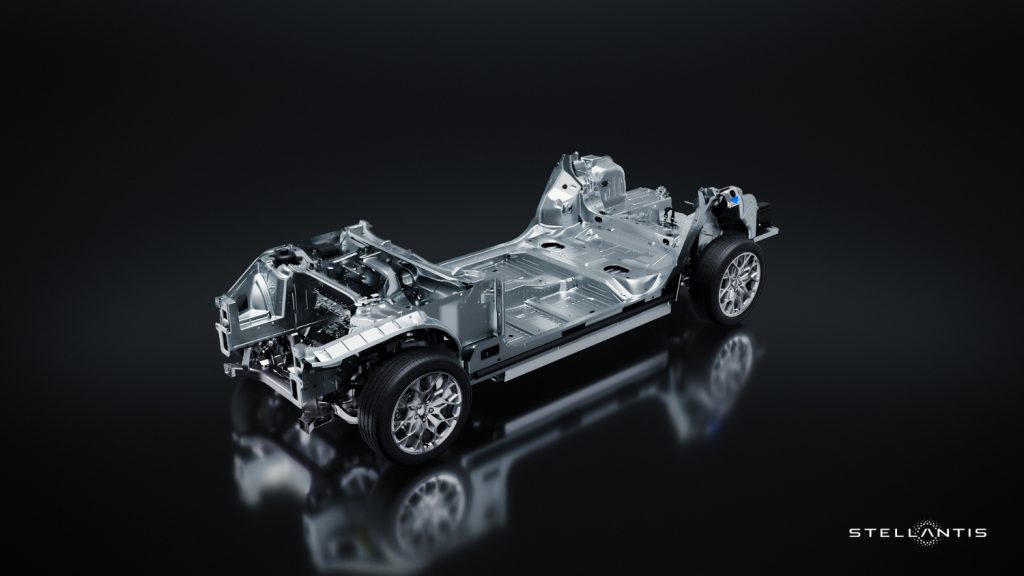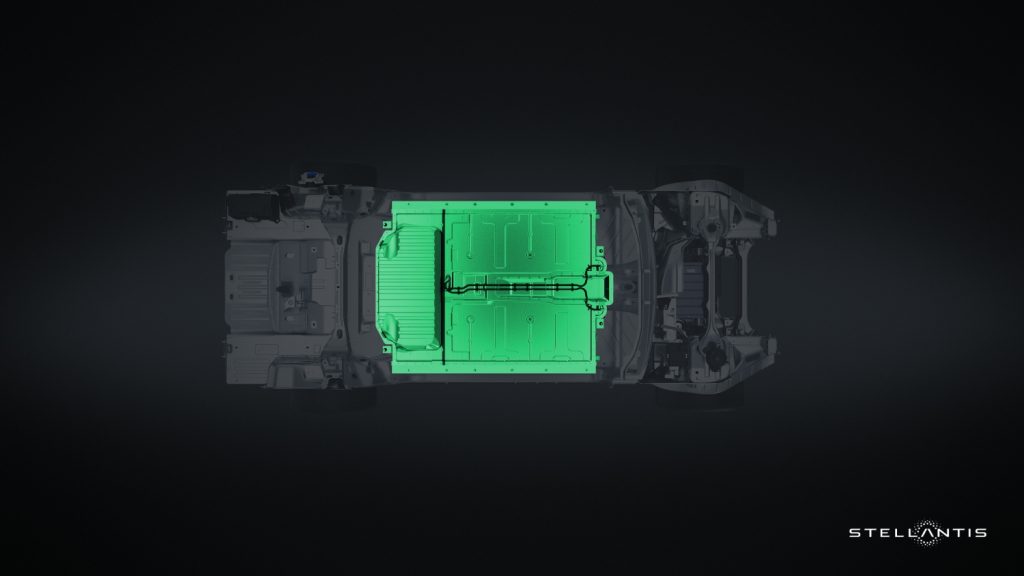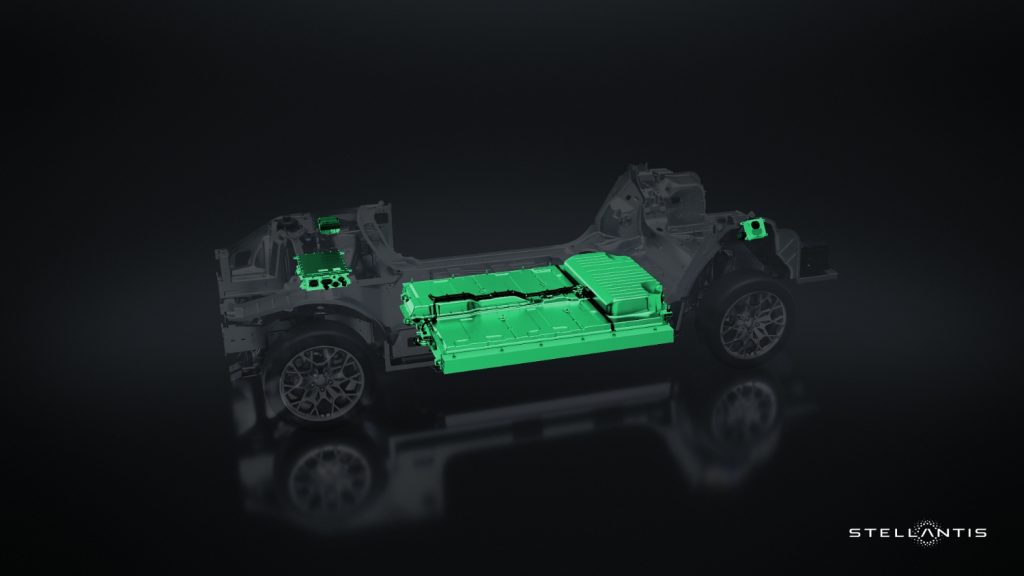The Stellantis presented the new platform, STLA Large, which it claims to be highly flexible and native for 100% electric vehicles, and which constitutes the basis of a wide range of future cars, crossovers, and SUVs in the D and E segments for global markets.
The new platform will initially be used in the North American market in Dodge and Jeep models, followed by Alfa Romeo, Chrysler, Maserati, and other brands, and by 2026, eight vehicles based on the new platform will be launched.
“Creating a family of vehicles from a set of well-designed and sufficiently flexible components to cover various types of vehicles and propulsion systems, surpassing the performance of any of our current products, will satisfy customers of each of our iconic brands. The flexibility and agility of this platform are its trademark and will be the driving force behind our success in the transition to electrification in North America.”, said Carlos Tavares, CEO of Stellantis.




The new platform will be available with the option of 400 and 800 Volt electric architectures. The three-in-one electric drive modules (EDM), which incorporate the motor, power inverter, and speed reducer, can be installed in front-wheel drive, rear-wheel drive, and all-wheel drive configurations. The power inverter uses silicon carbide semiconductor technology to minimize power losses. The performance of the propulsion system can be improved during the vehicle’s lifetime through wireless software updates.
In a statement, Stellantis clarifies that the new platform “has the potential to support extreme power that will surpass any of the current Hellcat V8 engines”, and the goal of “a global range of 800 kilometers for sedans and was designed to easily accept future energy storage technologies when they become available for production”.

Recall that as part of its electrification strategy, Stellantis is investing over €50 billion over the next decade to achieve 100% sales of electric passenger cars in Europe and 50% of passenger cars and light commercial vehicles sold in the United States by 2030.







